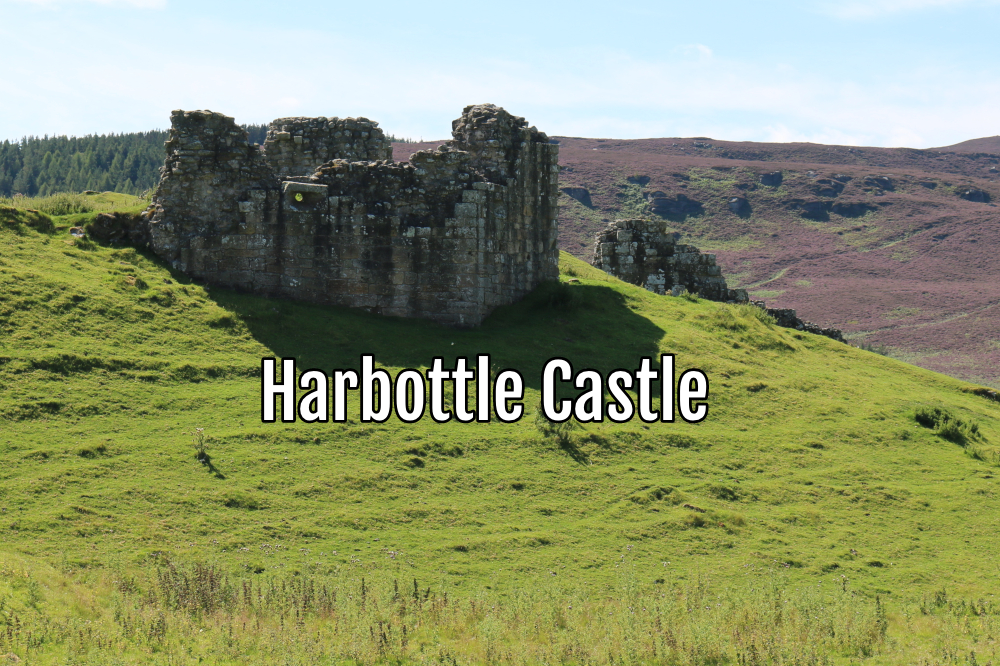
Back in our all-too-brief summer I took the family to see the ruined Harbottle Castle and the mystical Drake Stone situated in the scenic Coquetdale region of Northumberland.
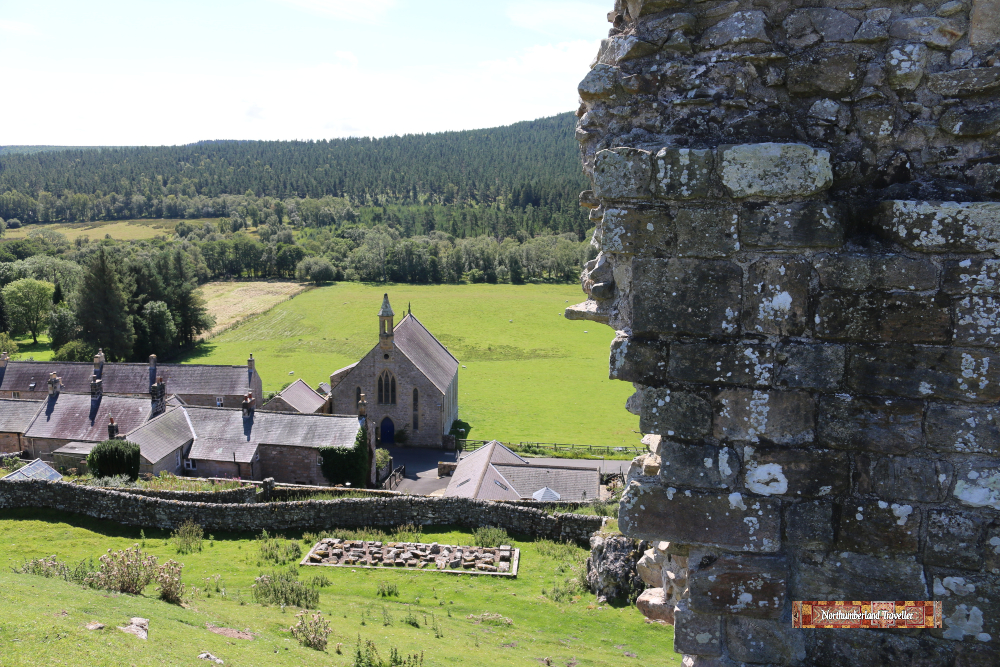
Harbottle Castle was built between 1157 and 1189 by Odinel de Umfraville (the Umfravilles were also behind Prudhoe Castle) on the orders of King Henry II who wanted to project his power and strengthen England’s border defences against the Scots. The Scots captured the castle for a time in 1174.
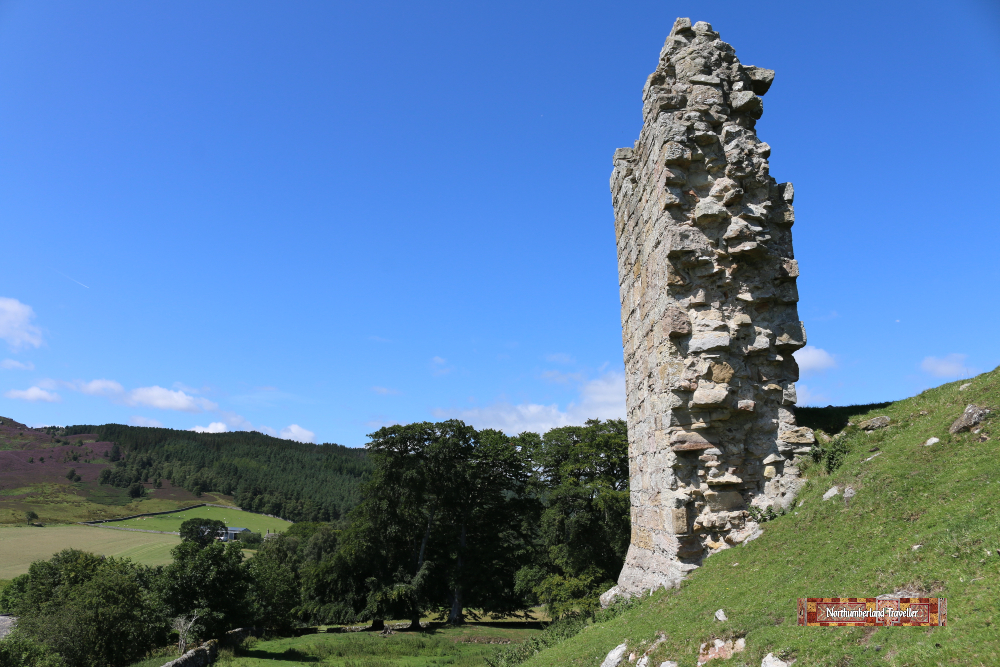
Looking at its ruined state now it is difficult to imagine it was once fit for royalty. Henry VIII’s sister, Margaret Tudor, stayed here in 1515 where she gave birth to a daughter, also called Margaret, who became grandmother of King James I of England (James VI of Scotland).
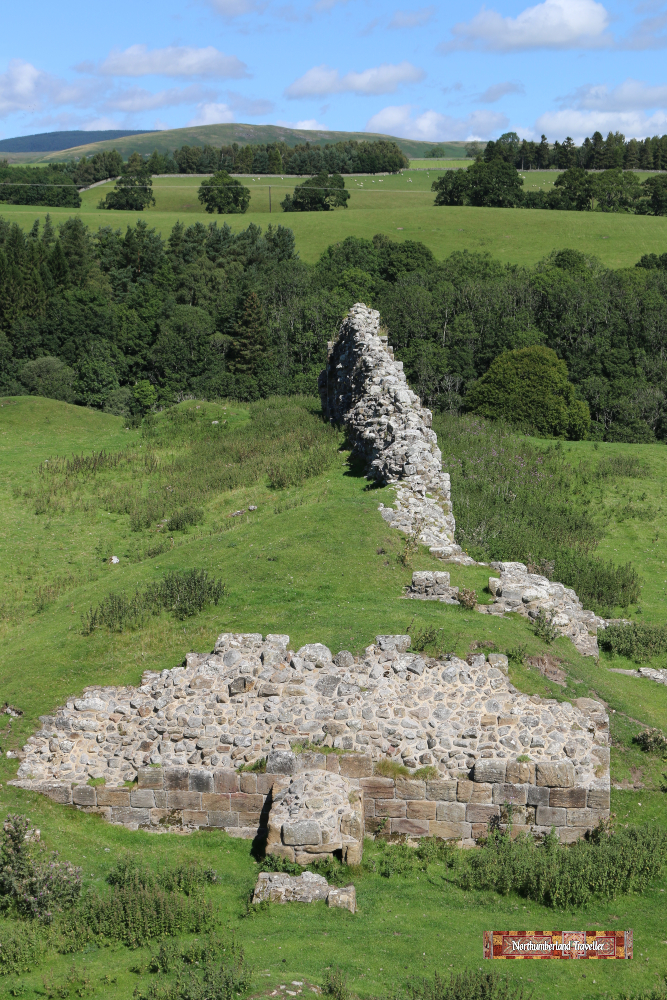
Thomas Dacre, as Warden for the area during Henry VIII’s reign, conducted his border ‘reiving’ activities from here but following the Union of the English and Scottish Crowns in 1603 the castle became redundant and fell into ruin. Many of the stone blocks were plundered for use in private dwellings nearby.
Drake Stone
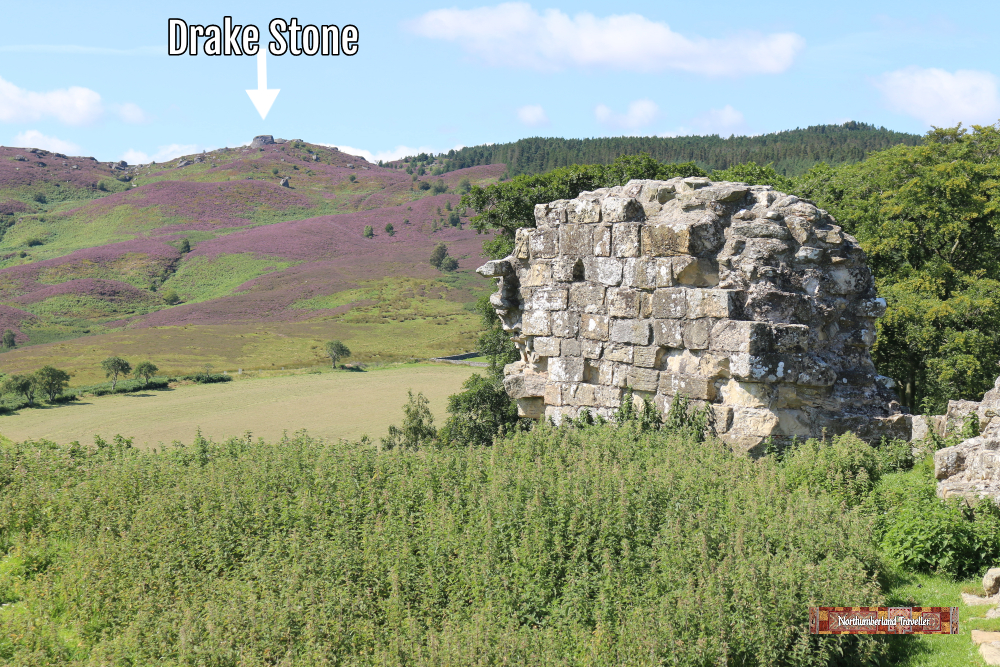
The Drake Stone is the prominent stone slab which can be seen in the distance on the hilltop viewed here from the castle.

It is an easy-ish walk on a well-defined footpath through the heather moorland up to Drake Stone, also known as the Dragon’s Stone, Draak’s Stone, Draag’s Stone or Druid’s Stone. According to legend it was a meeting place of druids in ancient times.
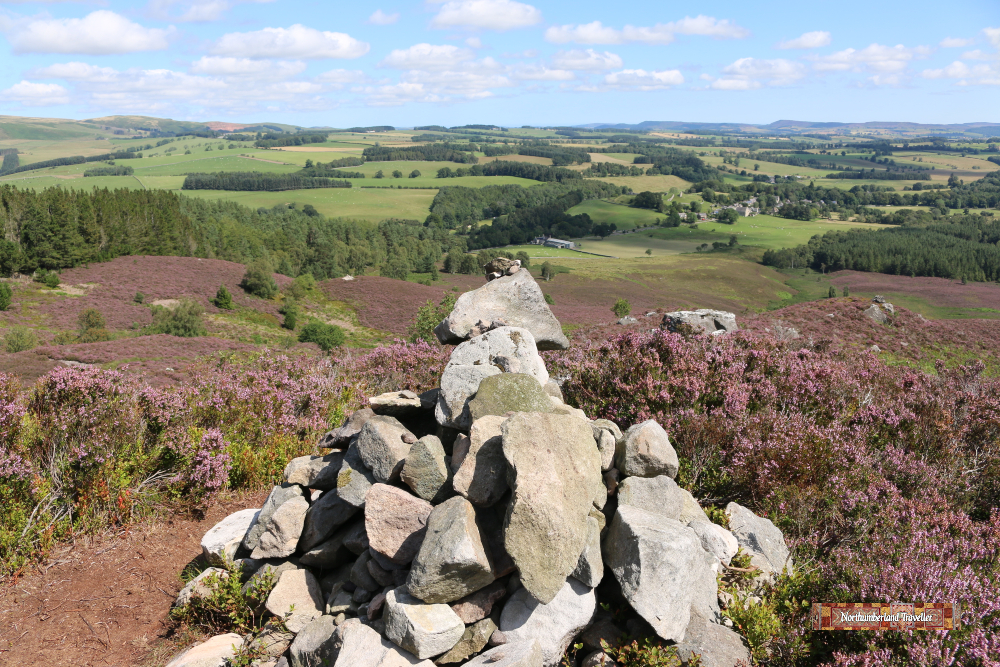

Drake Stone is a huge, smooth sandstone boulder, about 30 feet tall, left behind by an Ice Age glacier. It is thought to be the largest boulder in Northumberland weighing over 2000 tons. It is said to have magical healing powers and up until not long ago children were passed over the stone to cure them of illness. Perhaps for this reason, author W.W. Tomlinson in his 1909 book Comprehensive Guide to the County of Northumberland was able to write “Harbottle is an exceptionally healthy place, the death rate being only 4.7 per thousand, and mortality among children almost unknown.”
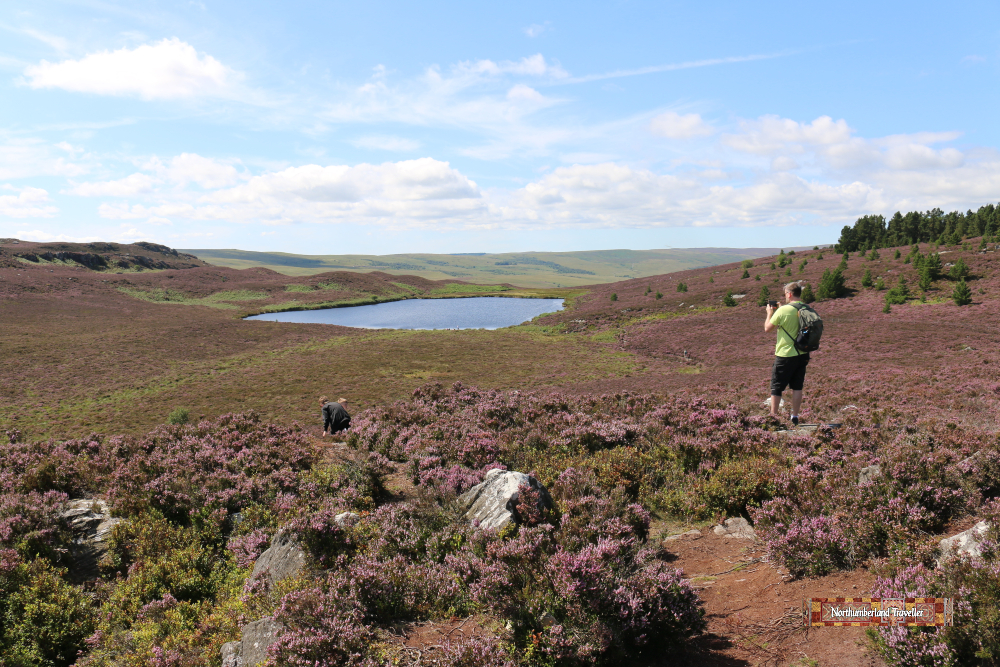
Continuing south west the footpath descends to a small lake called Harbottle Lough which also has a mysterious reputation, said, according to folklore, to be under the protection of an unknown being or creature. That didn’t seem to bother one woman who was brave enough to swim in it during our visit (it was an unusually hot day).
How to Get to Harbottle Castle
The location is marked on this map:
Northumberland National Park has produced a useful online brochure detailing the route of a 5 mile, 2 1/2 hour walk encompassing Harbottle Castle, Drake Stone, West Wood and the village of Harbottle. This is their map and directions for the walk.
I would recommend it if you are in the area.
Nearby Attractions
Edlingham Castle
Cragside
Pingback: Northumberland Traveller | Northumberland Traveller
Pingback: Harbottle Castle & The Drake Stone – The Thrifty Traveller
Pingback: Northumberland’s Holiest Places – Lady’s Well, Holystone | Northumberland Traveller